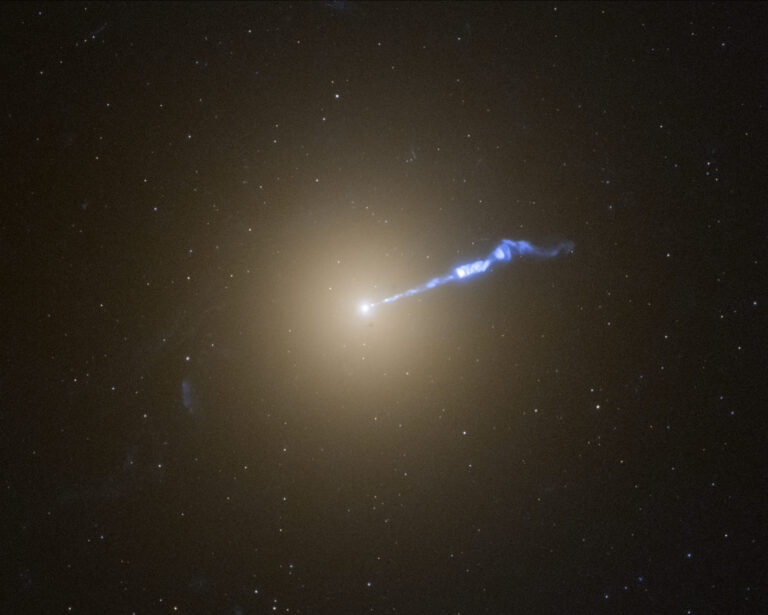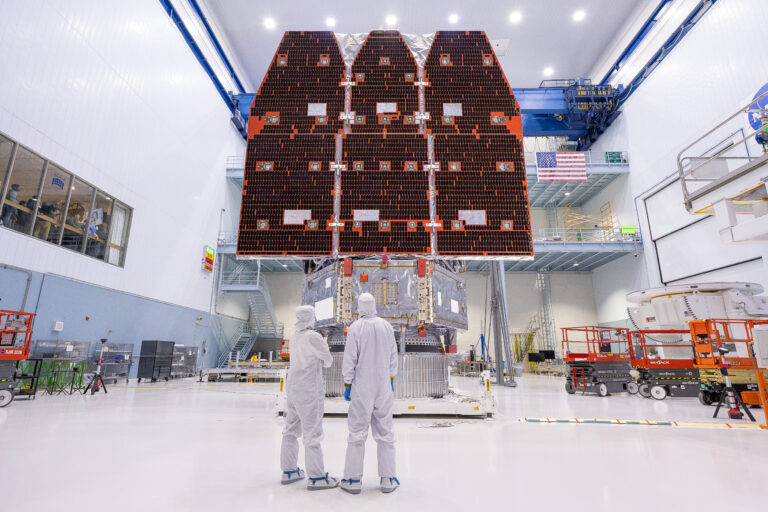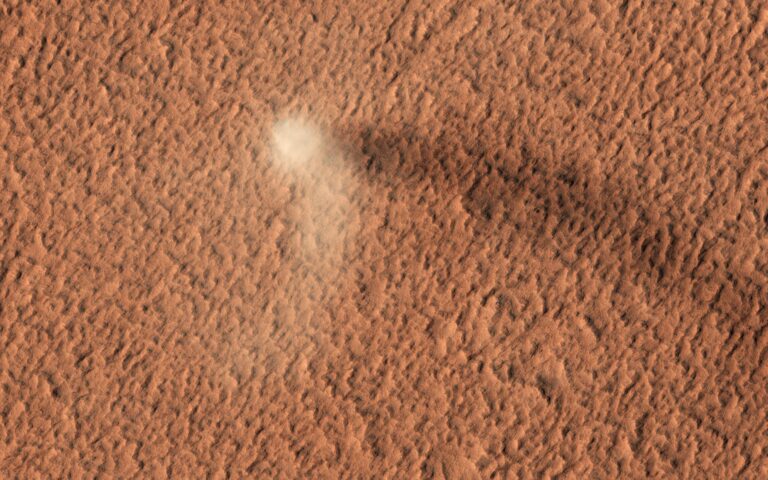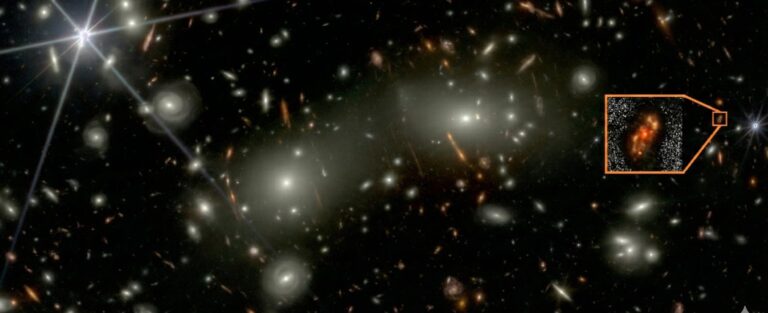Key Takeaways:
- New research indicates the Andromeda Galaxy (M31) cannibalized a significant Local Group galaxy, designated M32p, approximately 2 billion years ago, transforming it into the compact satellite galaxy M32.
- This massive collision stripped M32p, once the Local Group's third-largest galaxy, of most of its mass—reducing it from 25 billion to a few billion solar masses—and accounts for M32's unusual compact morphology and young stellar population.
- Cosmological simulations support this single major merger scenario, explaining Andromeda's observed properties, including a massive stellar halo populated by metal-rich, intermediate-age stars, a thickened galactic disk, and a significant burst of star formation around 2 billion years ago.
- The study's findings challenge previous assumptions regarding the resilience of spiral galactic disks during major mergers, suggesting they are more robust than anticipated, with implications for understanding galaxy growth across the universe.
In a study published today in Nature Astronomy, researchers showed that about 2 billion years ago, the Andromeda Galaxy cannibalized one of the largest galaxies in the Local Group, turning it into the strange compact galaxy known as M32 that we see bound to Andromeda today. This massive collision stripped M32’s progenitor galaxy (dubbed M32p) of most of its mass – taking it from a hefty 25 billion solar masses to just a few billion solar masses.
“Astronomers have been studying the Local Group — the Milky Way, Andromeda, and their companions — for so long. It was shocking to realize that the Milky Way had a large sibling, and we never knew about it,” said co-author Eric Bell, an astronomer from the University of Michigan, in a press release.
Bulking up
Andromeda’s formation history is a bit of a murky subject. Although some previous studies have suggested that Andromeda grew over the eons by steadily merging with many smaller galaxies, others indicate that the galactic colossus underwent a single large merger at some point in its past.
To investigate how Andromeda accumulated its mass, the authors of the new study ran cosmological simulations of galaxy formation to show that Andromeda’s observed properties — including a massive yet nearly invisible halo of stars — can be well explained by a single major merger with what was once the third-largest galaxy in the Local Group, M32p. This long-dead galaxy was at least 20 times as massive as any galaxy that has ever merged with the Milky Way. And, based on the study, its corpse is still likely traveling around Andromeda in the form of M32.
“M32 is a weirdo,” said Bell. “While it looks like a compact example of an old, elliptical galaxy, it actually has a lot of young stars. It’s one of the most compact galaxies in the universe. There isn’t another galaxy like it.”
“The Andromeda galaxy, with a spectacular burst of star formation, would have looked so different 2 billion years ago,” Bell said. “When I was at graduate school, I was told that understanding how the Andromeda galaxy and its satellite galaxy M32 formed would go a long way toward unraveling the mysteries of galaxy formation.”
Moving forward
These new results are important not only because they help shed light on the formation history of the largest galaxy in our local neighborhood, but also because they question conventional wisdom regarding how galaxies evolve following massive collisions. According to the researchers, the fact that Andromeda’s spiral disk managed to survive the impact means that galactic disks may be much more resilient to impacts than astronomers previously thought.
By applying the same technique used in this study to other galaxies, the researchers hope to better understand how various mergers can drive the growth of galaxies throughout the universe. And considering that Andromeda is currently on a collision course with the Milky Way, which will lead to a merger between the two galaxies in about 4 billion years, the more we know about mergers, the better.











